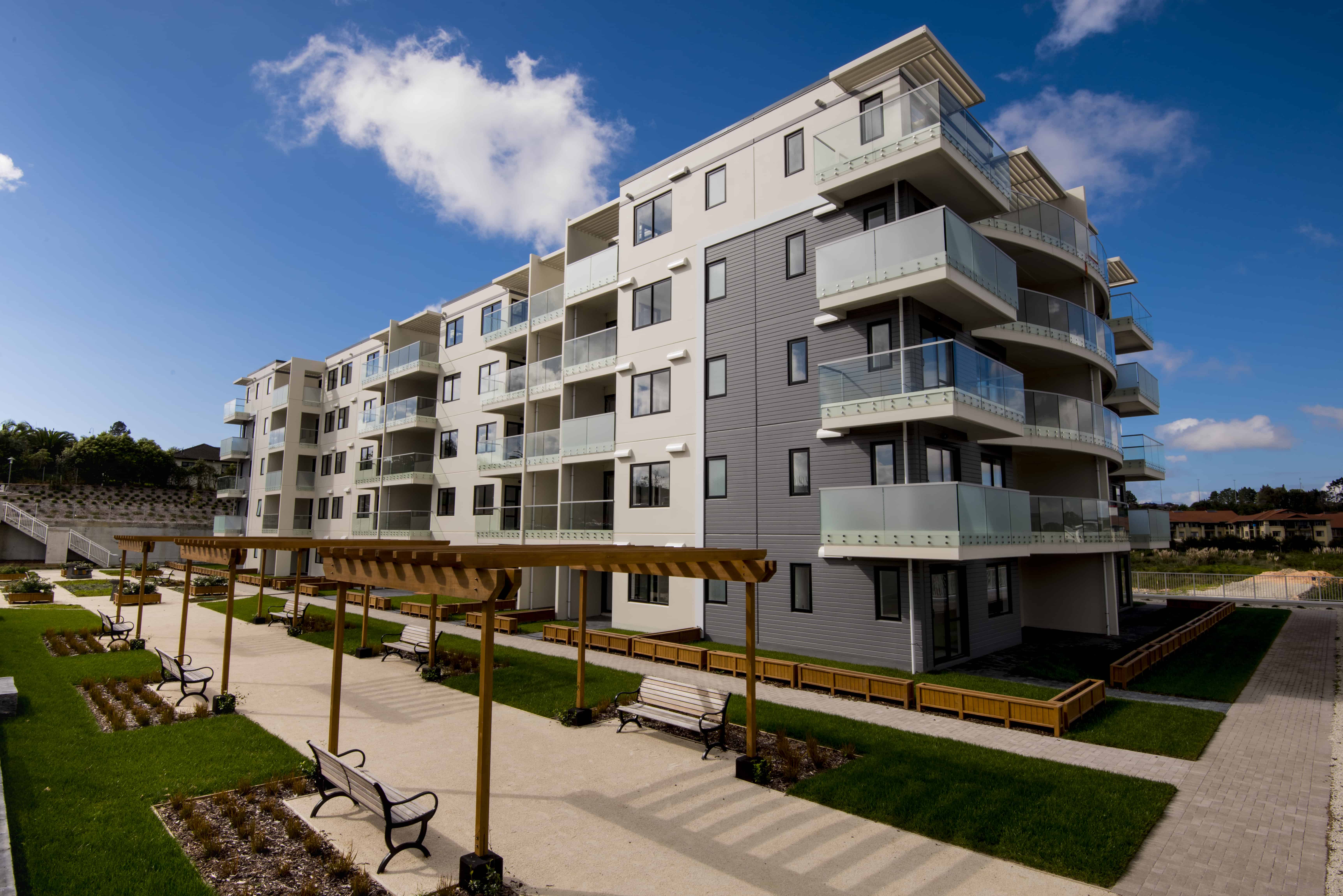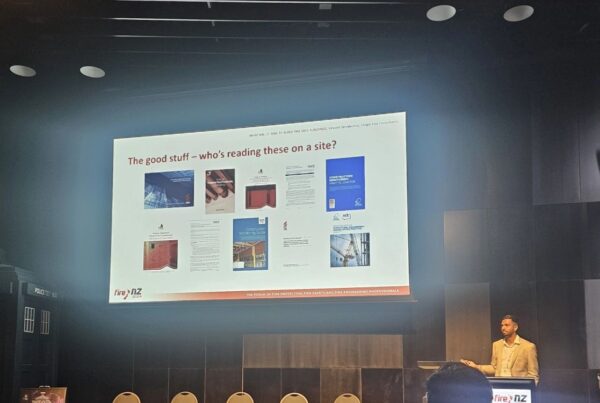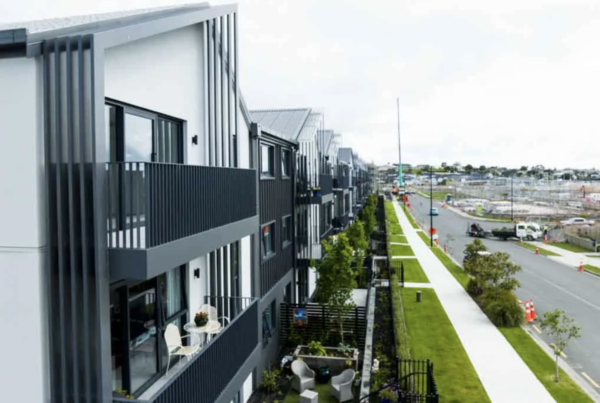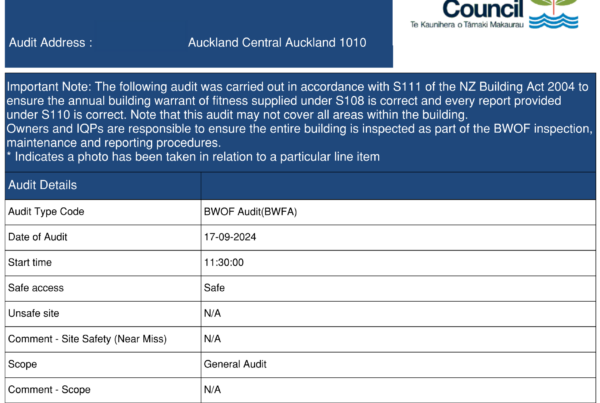Apollo Square Apartments
The Apollo Square Apartments at 40 Rosedale Road are located adjacent to the Apollo Medical Centre. Rangitoto College is a short walk away. Just a short drive away are Massey University, Kristin School, Albany Westfield Mall, AUT Millennium Sports Centre and North Harbour Stadium. Browns Bay and Mairangi Bay beaches are close by. Work started in 2013 and in March 2016 the one, two and three bedroom apartments were ready.
Sajeesh Nair was the team lead for Origin on this project, ably assisted by Clive Revie who completed the emergency lighting design. Rosedale Apartments Ltd (RAL) purchased and own the site of Apollo Square Apartments. New Concept Construction Ltd (NCCL) contracts the subcontractors. Ian Rae, NCCL project manager came to the project with 40 years of project management experience in New Zealand, and for Origin Ian’s experience really showed.
Challenges
The first challenge was to decide whether the building should have a 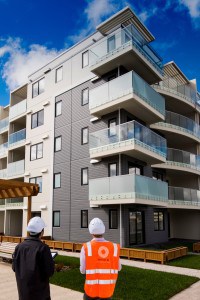 sprinkler system. An Acceptable Solution (cook book) design methodology required the building to be sprinkler protected due to the height of the building and the fact the apartments have a single escape stair. It is also possible however to design the building without sprinklers using the Verification Design method (first principles design with prescribed design inputs) .
sprinkler system. An Acceptable Solution (cook book) design methodology required the building to be sprinkler protected due to the height of the building and the fact the apartments have a single escape stair. It is also possible however to design the building without sprinklers using the Verification Design method (first principles design with prescribed design inputs) .
The second challenge, which this project shared with most others, was to make sure all wall penetrations and accompanying fire ratings were tidy and compliant. One of the major defects in apartment building over recent decades has been the fire rating of pipework, cables and ductwork where these pass through fire rated walls and floors.
When cables, pipes and ducts pass through fire rated walls and floors, the fire rating of the penetration needs to have the same rating as the wall or floor it passes through. The construction of walls and floors, as well as the material and size of the service passing through it would be factors in meeting the passive fire safety challenge.
Solutions
When we examined the advantages and disadvantages of sprinklers we found that two of the beneficial features provided by sprinklers; these being a) reduced fire rating for walls and floors and b) not requiring fire rated spandrels or aprons at each floor level, were not advantages because most of the fire rated walls were precast concrete. These walls exceeded the minimum fire rating requirements. In addition, concrete decks achieved the fire rated apron requirements by default. On this basis we prepared a Verification Design method using smoke detection throughout the apartments and stairs coupled with ventilation in the stairs and corridors to remove any smoke that might affect escaping occupants.
Meeting the second challenge was ultimately addressed in the construction itself. The interior walls were strapped and lined pre-cast concrete which meant that the only penetrations that needed fire rating were those that were going into the corridor or an adjacent apartment. Because drilling holes in concrete costs money it demanded a disciplined approach by the installers, they needed to carefully rationalise what was going through the walls and ensure there were appropriate fire stopping solutions. Considering the fire stopping costs alone, the cost of fire stopping was approximately 1/3 of an equivalent plasterboard wall apartment building.
Michael James says of this project, “we were working with a great construction management team who planned well and were excellent troubleshooters. We were all working with quality, conscientious contractors who consistently coordinated and cross checked planning and implementation. As a result, we knew we did not have to be constantly checking on the quality of the work, we had a great deal of confidence that our advice would be followed.”
